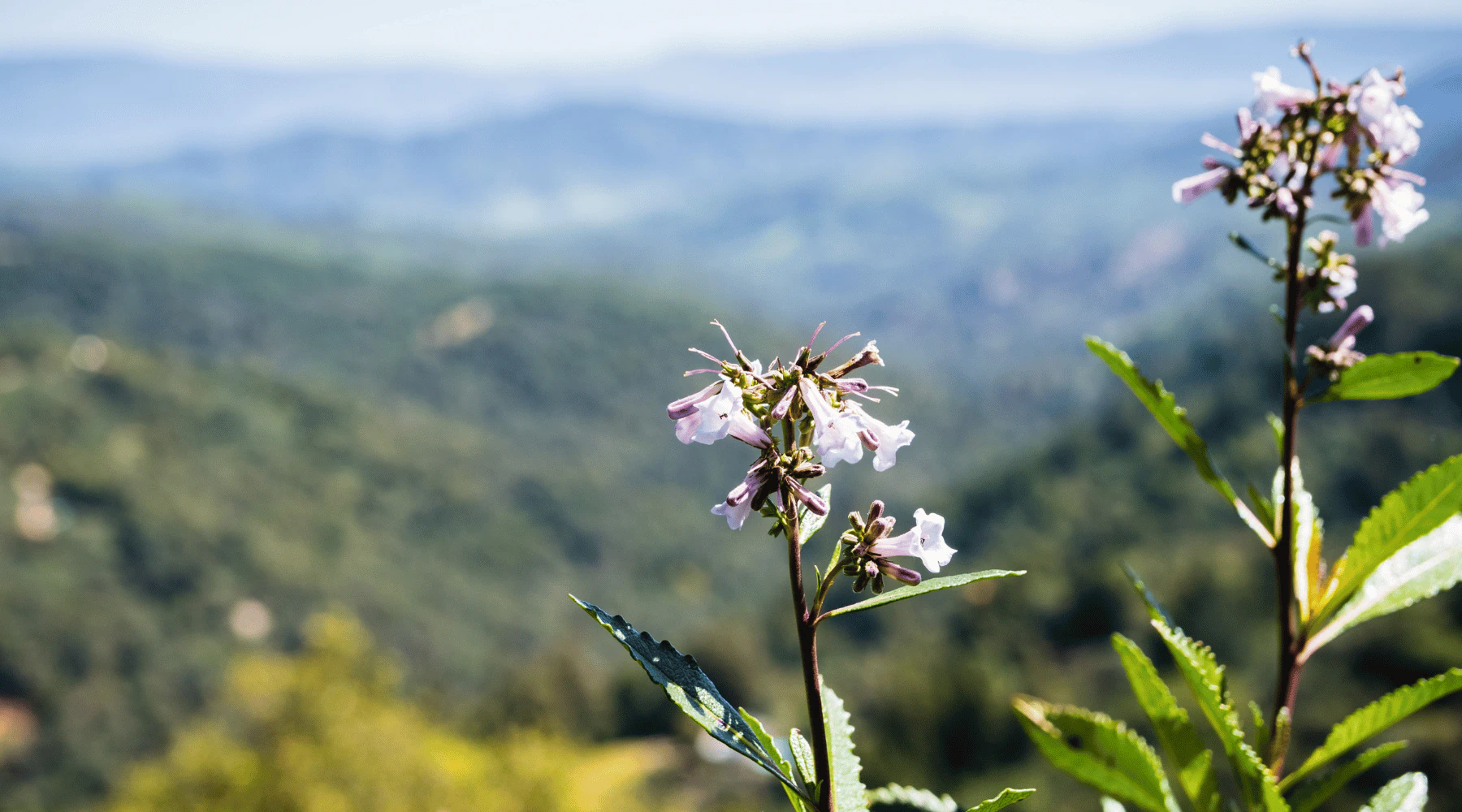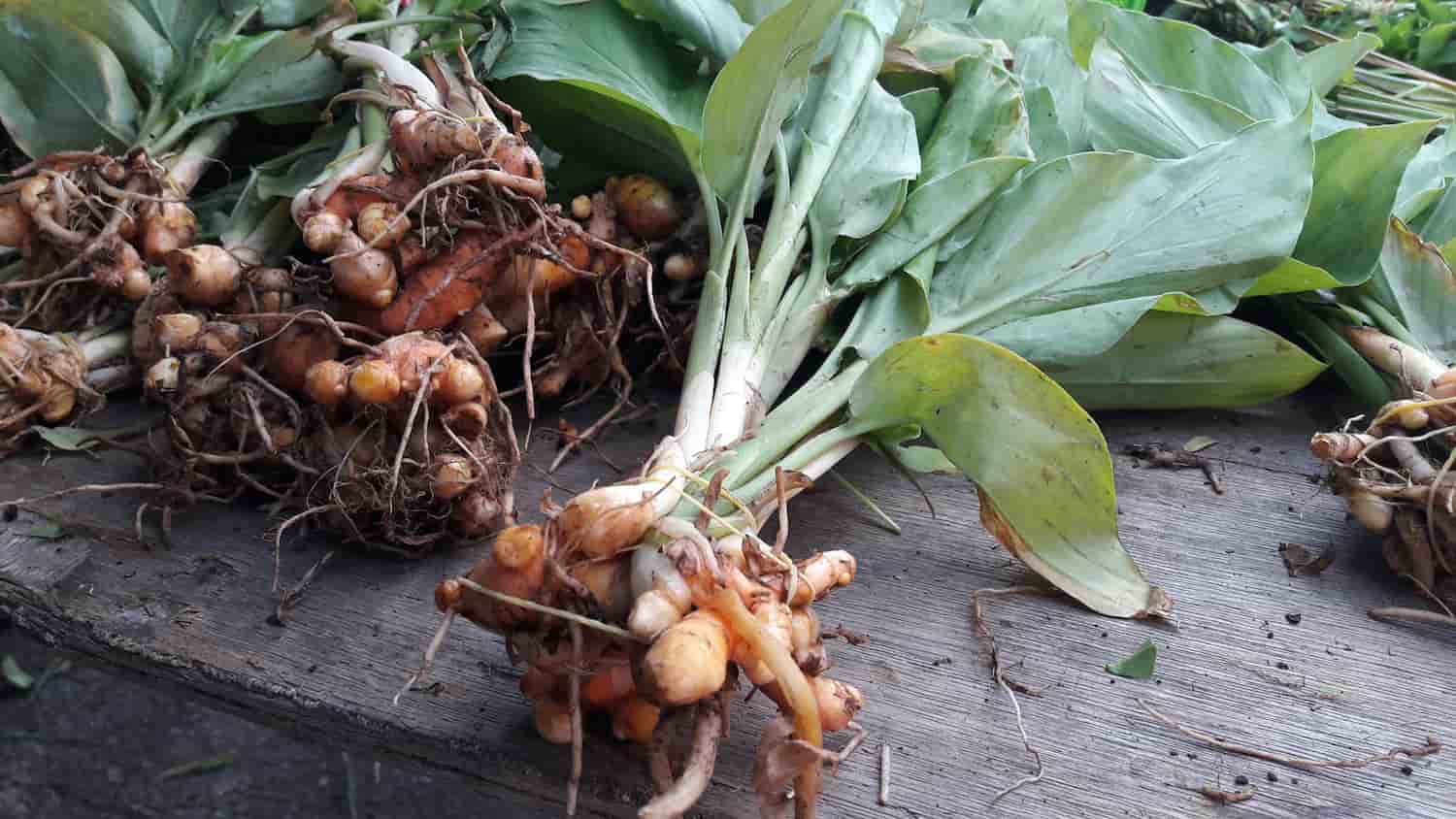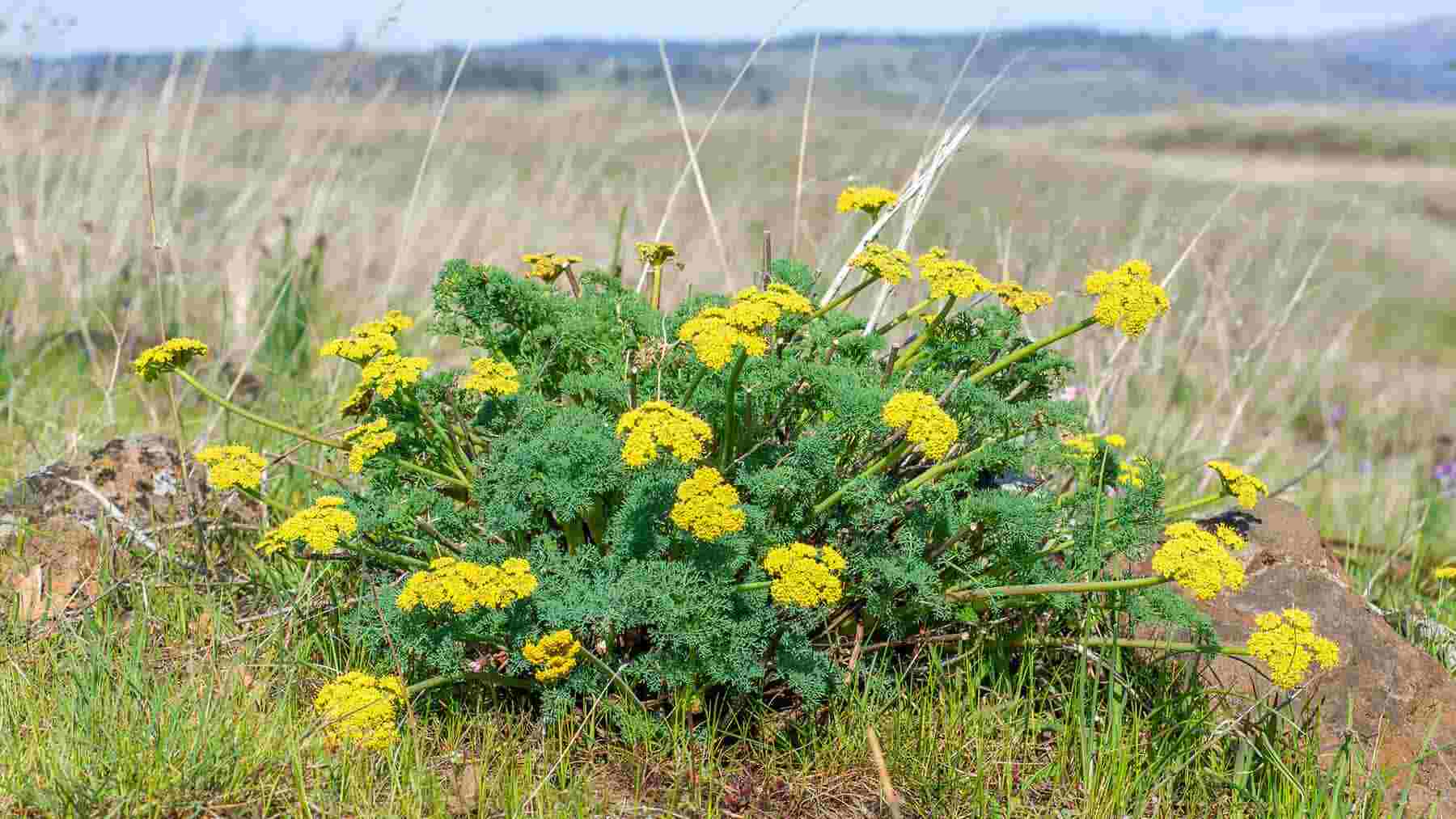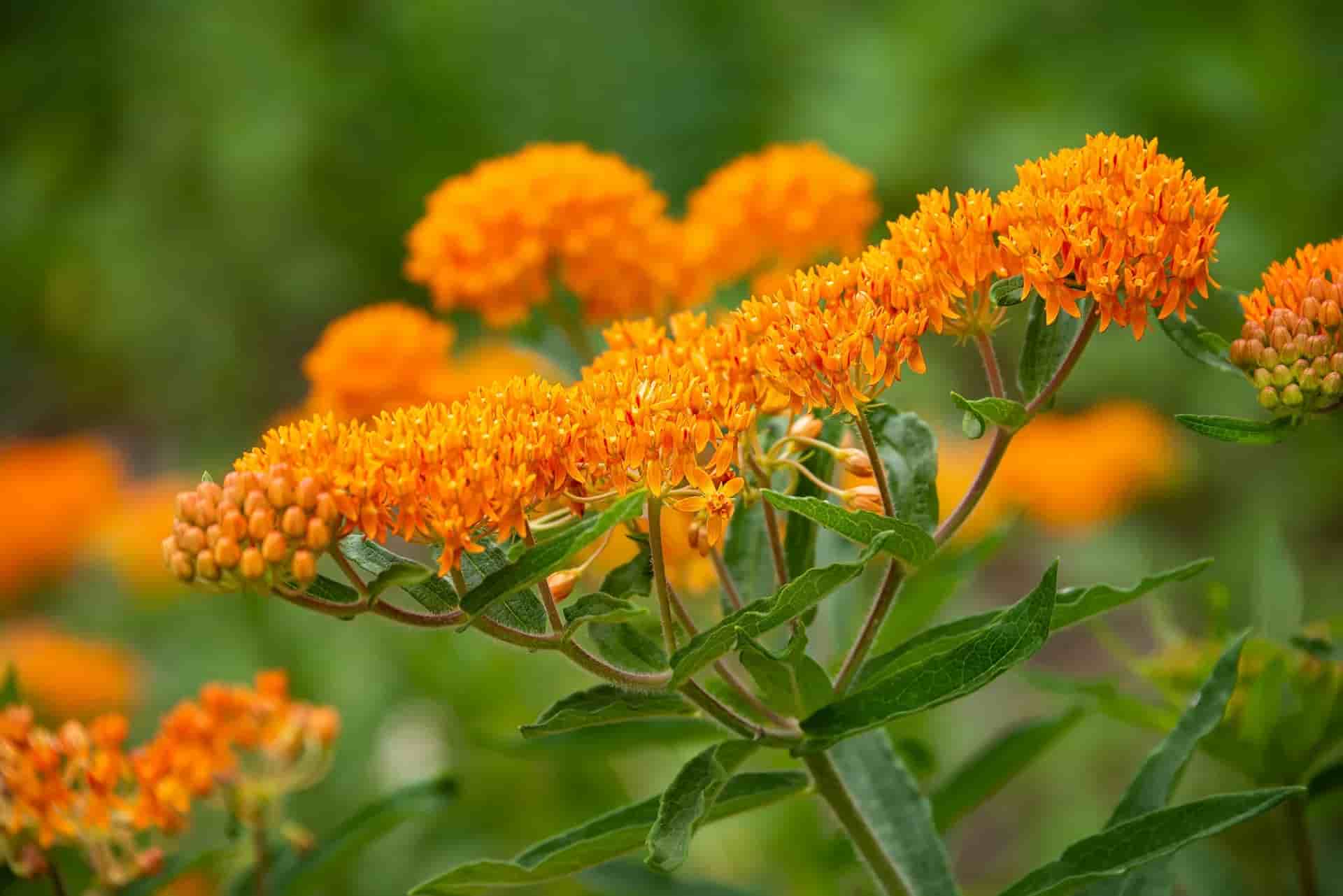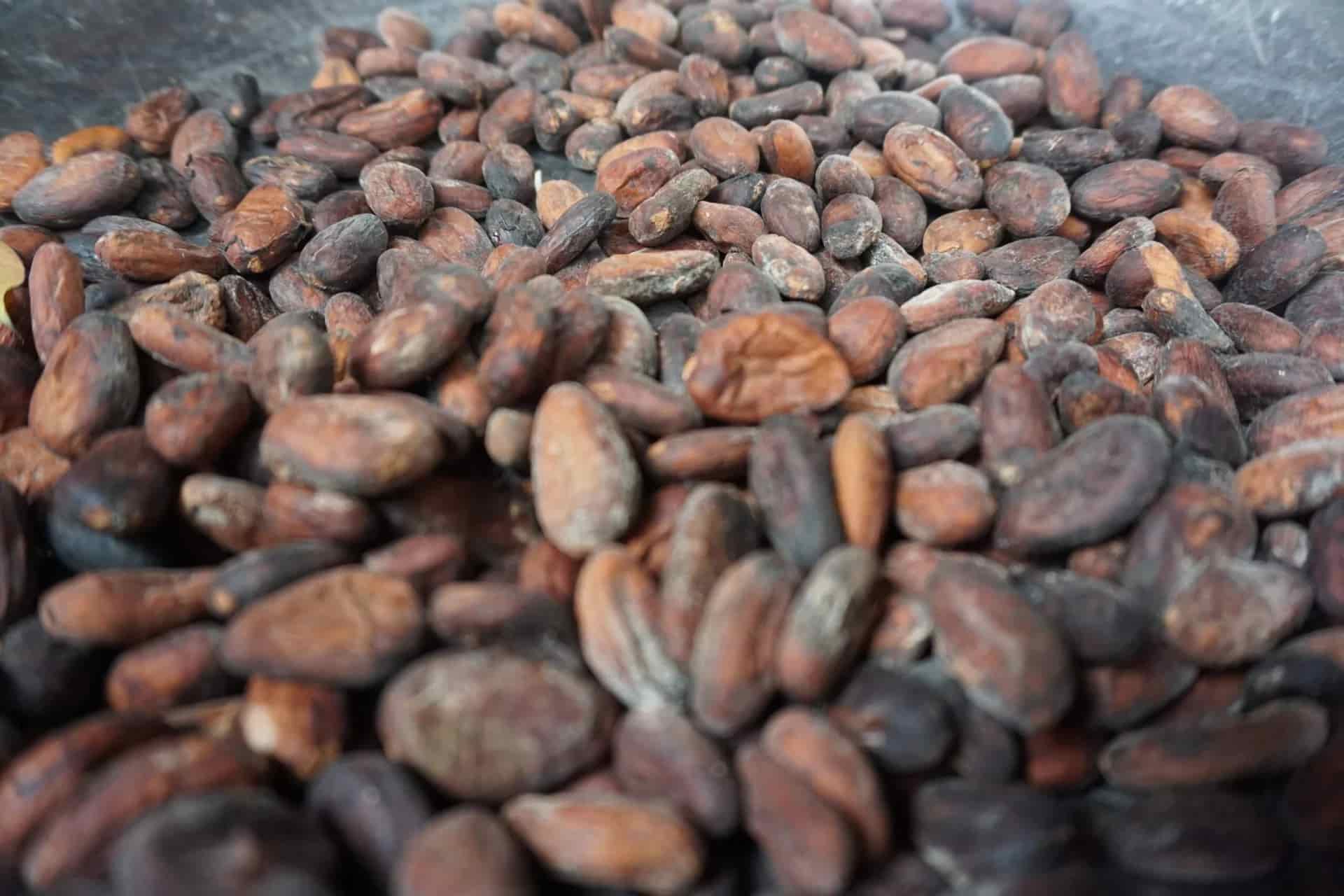The scientific name for Cacao, Theobroma Cacao, means "food of the gods" (from the Greek "theo," meaning god, and "broma," meaning food). The Cacao tree, also called Madre Cacao, was a significant plant to the Maya, Aztec, and Olmec people. The Maya gathered once a year to give thanks to their Cacao God Ek Chuah. Cacao was used in religious rites and rituals celebrating birth, marriage and death, feasts and festivals throughout the year, and to promote health.
Recent evidence suggests that fermented Cacao beverages may date back to 1,400 BC. It appears that the yellowish-white pulp surrounding the beans was used for some of these fermented beverages. There are many ancient texts that describe Cacao mixtures that were created for drinking in ceremony, for culinary uses or to support wellness. These mixtures included one or more of the following ingredients: maize, chili, vanilla, honey, peanut butter, annato and flowers. Similar drinks are still made in southern Mexico called "Chilate."
As Cacao became more commonly traded, and even used as a currency in Mesoamerica, its popularity became more widespread. Evidence of its use has been reported among the Pueblo peoples of the Southwestern United States. An American preacher and natural historian by the name of Cotton Mather wrote in 1720 that the plant supplied indigenous peoples "with bread, water, wine, vinegar, brandy, milk, oil, honey, sugar, needles, thread, linen, clothes, caps, spoons, besoms, baskets, paper, and nails; timber, coverings for their vessels; and medicine for their diseases; and what can be desired more?"
Chocolate made its way to Europe by the 1600s. It quickly gained popularity, as social chocolate houses began to rival coffee houses and chocolate was consumed by royalty. It's said that Marie Antoinette had her own personal chocolate maker prepare chocolate mixed with orchid bulb for strength, mixed with orange blossom to calm the nerves and with sweet almond milk to support digestion.
Sustainable Cultivation And Fair Trade
Cacao is native to Mexico and Central America and is cultivated in tropical regions around the world. The Cacao tree is an evergreen that can grow up to 25 feet. It showcases glossy oval leaves, small yellow flowers and large pear-shaped yellowish-red seed pods. Seed pods are harvested twice a year.
Today, two-thirds of the world's cocoa comes from West Africa. Climate change is affecting cocoa trees and although there is a high demand for cocoa worldwide, prices have fallen, making life hard for cocoa farmers. It's important to seek out fair-trade options to protect the farmers and organic options to protect the health of consumers, farmers and the planet. Child labor, slave labor and exploitation of women is extremely common. The Fair Trade Standards guarantee that the farms are treating all workers fairly.
There is also a movement to create more sustainable, organic farming of Cacao trees. Many smaller family farms and farm co-ops in Central and South America are using permaculture principles to encourage biodiversity and a more sustainable future for the farmers. Equal Exchange is a great organization that helps to support these small farm and farm co-ops.
Besides Being Delicious, What Else Is Cacao Useful For?
Internally
Cacao is considered a superfood due to its content of protein, antioxidants, flavonoids, B vitamins and minerals, such as magnesium, iron, calcium, potassium, zinc, copper and manganese. The seeds also contain a small amount of endorphins, which can help to ease any physical discomfort as well as naturally elevate mood. Cacao contains anandamide, also known as the "bliss molecule." Anandamide is what your body produces when you exercise. Cacao is used in WishGarden's Liquid Bliss formula to help uplift the mood.
In the Caribbean and Central America, the seeds are taken as a heart and kidney tonic. The constituent in Cacao known as theobromine is responsible for the mildly stimulating effects on the cardiovascular and central nervous systems. It also helps to manage water retention and support healthy kidney function.
Cacao ceremonies are still common today. Many claim that a Cacao ceremony can have many effects, including increasing creativity, stimulating mental clarity, encouraging the spiritual heart to open, enhancing and deepening meditation, and increasing a sense of inner peace.
Cacao As An Aphrodisiac
Cacao has been referred to as an aphrodisiac dating all the way back to the Mayans and Aztecs of Mesoamerica. It's said that Cacao contains substances that inflame desire and makes one more open to romance. Given that Cacao is believed to open the spiritual heart, and contains endorphins (feel-good chemicals), anandamide (the "bliss molecule"), and a few other chemicals known to increase feelings of well-being, it's clear to see how it gained this reputation.
When chocolate made its way to Europe in the 1600s, many chocolatiers and consumers alike encouraged this idea. Vast amounts of chocolate were being consumed by King Louis XIV and the entire court of Versailles by 1671 (Madame du Barry reportedly used a mixture of chocolate and amber to stimulate her lovers!) and in 1770 Marie Antoinette brought her own chocolate maker to Versailles when she married Louis XVI. Chocolate's connection to love and Valentine's Day was solidified the day Richard Cadbury made the first heart-shaped box of chocolates in 1861. Many others followed suit in the early 1900s, including Milton Hershey, Clara Stover (Russell Stover), and Whitman's.
Raw Cacao Vs. Cocoa
Raw Cacao is made from cold-pressing unroasted Cacao beans, preserving the enzymes and molecular structure. Cacao nibs are the raw, unprocessed bean broken up into tiny pieces. Cocoa is made from roasting the seeds, compromising some of the nutritional content.
Topically
Theobromine is also known to relax smooth muscle, which may be one of the reasons why it's so useful in topical applications. Cocoa butter is the fixed oil that is created by pressing the roasted seeds. It is commonly used in lotions, whipped body butters, lip balms and suppositories.
For a decadent self-care ritual, try this Chocolate Mint Foot Scrub!
Chocolate Mint Foot Scrub
Ingredients:
- 1 cup jojoba and/or sweet almond oil
- 3 drops Peppermint or spearmint essential oil
- 3 drops Cacao essential oil
- 2 tablespoons Cacao powder
- 1/2 cup sugar or salt
- ½ cup Cacao nibs
Instructions:
- Using a food processor or blender, gently pulse the Cacao nibs and the sugar or salt and place in a small bowl.
- Add the Cacao powder, essential oils and stir well.
- Add the jojoba and/or sweet almond oil and thoroughly combine.
- Store Foot Scrub in a glass jar or bottle.
Massage scrub into skin and rinse with warm water.
References
- Herbal Vade Mecum by Gazmund Skenderi
- Encyclopedia of Herbal Medicine by Andrew Chevallier
- Chocolate Bliss by Susie Norris
- https://web.archive.org/web/20151016093808/http://www.authenticmaya.com/cacao.htm
- https://en.wikipedia.org/wiki/History_of_chocolate
- https://www.foodmatters.com/article/raw-cacao-vs-cocoa-whats-the-difference
- https://www.fairtradeamerica.org/shop-fairtrade/fairtrade-products/chocolate/
- https://blog.equalexchange.coop/cacao-farming-environment/
- https://en.wikipedia.org/wiki/Fair_trade_cocoa
- https://medium.com/@shanijay/sacred-cacao-ceremonies-how-they-can-heal-your-life-open-your-heart-e3fa144e2267
- https://en.wikipedia.org/wiki/Anandamide
- https://pfaf.org/user/Plant.aspx?LatinName=Theobroma+cacao
- https://www.smithsonianmag.com/smithsonian-institution/how-chocolate-and-valentines-day-mated-life-180954228/
- https://www.santabarbarachocolate.com/blog/why-chocolate-on-valentines-day/
© Photos kindly provided by Amy Malek.
Writer Amy Malek, CCN, CCH, INHC is a Certified Clinical Nutritionist, Certified Clinical Herbalist, Integrative Nutrition Health Coach and Flower Essence Practitioner. She discovered her love for plants in the Sonoran Desert while living in Tucson, AZ. She has been studying plants of the Mountain West and Southwest for 10 years. Her many teachers include Paul Bergner, Rosemary Gladstar, Dr. Aviva Romm, Lisa Ganora, Kat MacKinnon, Erin Smith, John Slattery and Charles Kane. Her career is divided between Holistic Health, Graphic/Web Design and Marketing/Social Media Consulting. She is currently WishGarden's Social Media Coordinator. She lives in Boulder County, CO. She enjoys wildcrafting and growing her own medicinal plants and making a variety of herbal remedies. You can learn more about her practice on her website, www.wholeheart-wellness.com.
For educational purposes only. This information has not been evaluated by the Food and Drug Administration. This information is not intended to diagnose, treat, cure, or prevent any disease, or sell any product.
Recommended Products
Further Reading
